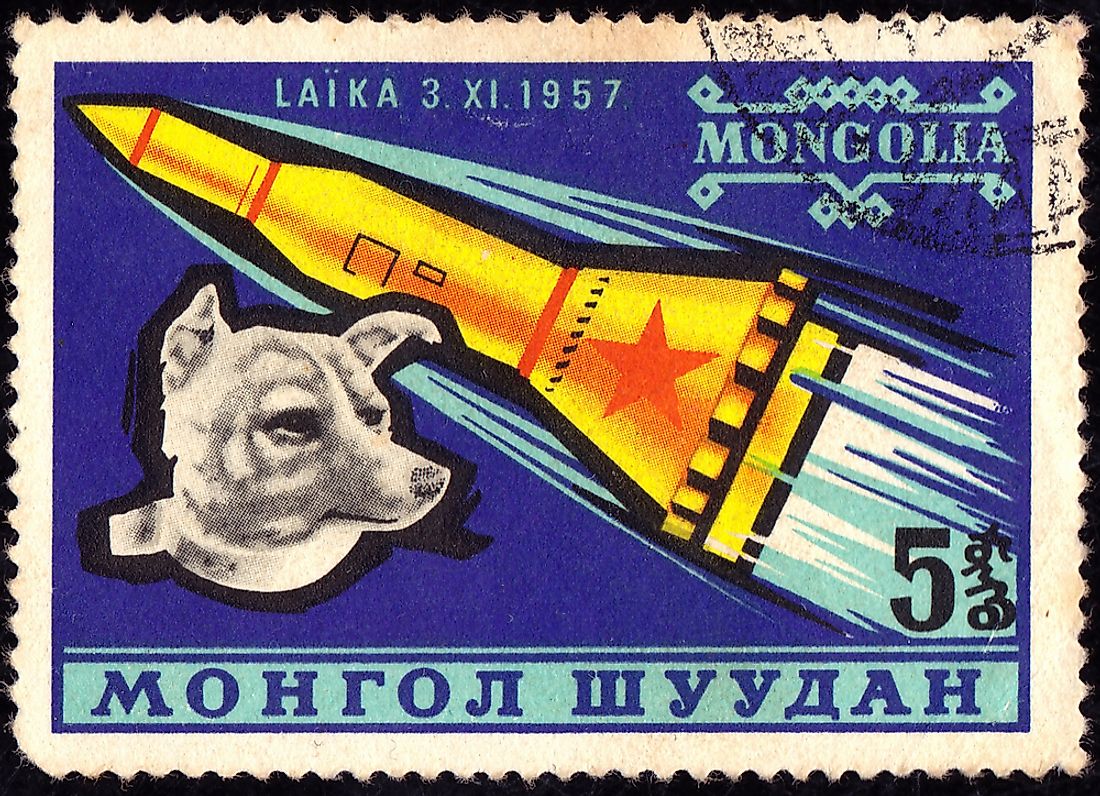Laika: The Dog that Orbited Earth

On November 3, 1957, a Soviet satellite, Sputnik 2, launched into space from Moscow. Inside the satellite was Laika, a dog that is internationally popular to date. Laika was one of the first living things to float in space and the first to orbit the earth.
The Voyage
Soviet scientists chose stray dogs for the program because of their endurance to harsh cold conditions and extreme hunger. Laika was found on the streets of Moscow and was selected for the space program. During the launch, sensors indicated that her heartbeat and breathing rate increased three to four times her normal rates. However, as she floated in space Laika started to calm down. Her great endurance was due to her adaptation to harsh living conditions.
All along the Soviets knew that Laika would never come home. Sputnik 2 was hastily built due to the politics and publicity associated with the launch. This satellite needed to be bigger than its predecessor, Sputnik 1, and the launch date needed to be on the 40th Anniversary of the Bolshevik Revolution. The scientists behind the program only had a few weeks to deliver and thus plans for a return journey were scrapped. This haste is believed to have led to the malfunction of the cooling system inside the capsule of the satellite.
On April 14, 1958, over five months after Laika's launch into space, Sputnik 2 re-entered the Earth’s atmosphere – with Laika’s remains inside – after 2,570 orbits. The satellite disintegrated upon entering the atmosphere.
Aftermath: A Soviet Hero
The scientists involved in the program are reported to have pecked Laika’s nose before her takeoff into space and wished her well, knowing too well she would not return. There was a worldwide cry and condemnation of the Sputnik space mission. The fact that Laika was intended to die drew criticism from the media, animal rights groups, and the US government. Laika’s condemnation to death sparked a worldwide debate on cruelty towards animals and ethics of animal testing.
For many years, the Soviet Union claimed that Laika, aboard Sputnik 2, orbited the Earth for several days. Later, it was reported that the scientists poisoned Laika to save her from a painful death in space. Other reports claimed that Laika’s death was caused by asphyxiation after the batteries to her life support system failed. However, in 2002 one of the scientists in the Sputnik 2 space program, Dimitri Malashenkov, stated that Laika only lasted a few hours in space. The scientist further revealed that Laika orbited the earth four times only. The cooling system of the capsule malfunctioned and started overheating. Temperatures inside the capsule escalated to above 104 degrees Fahrenheit. Laika panicked and her heartbeat rose rapidly until her heart stopped.
Laika has since then been recognized as a national hero and a monument was built to commemorate her journey into space in Moscow, Russia.











